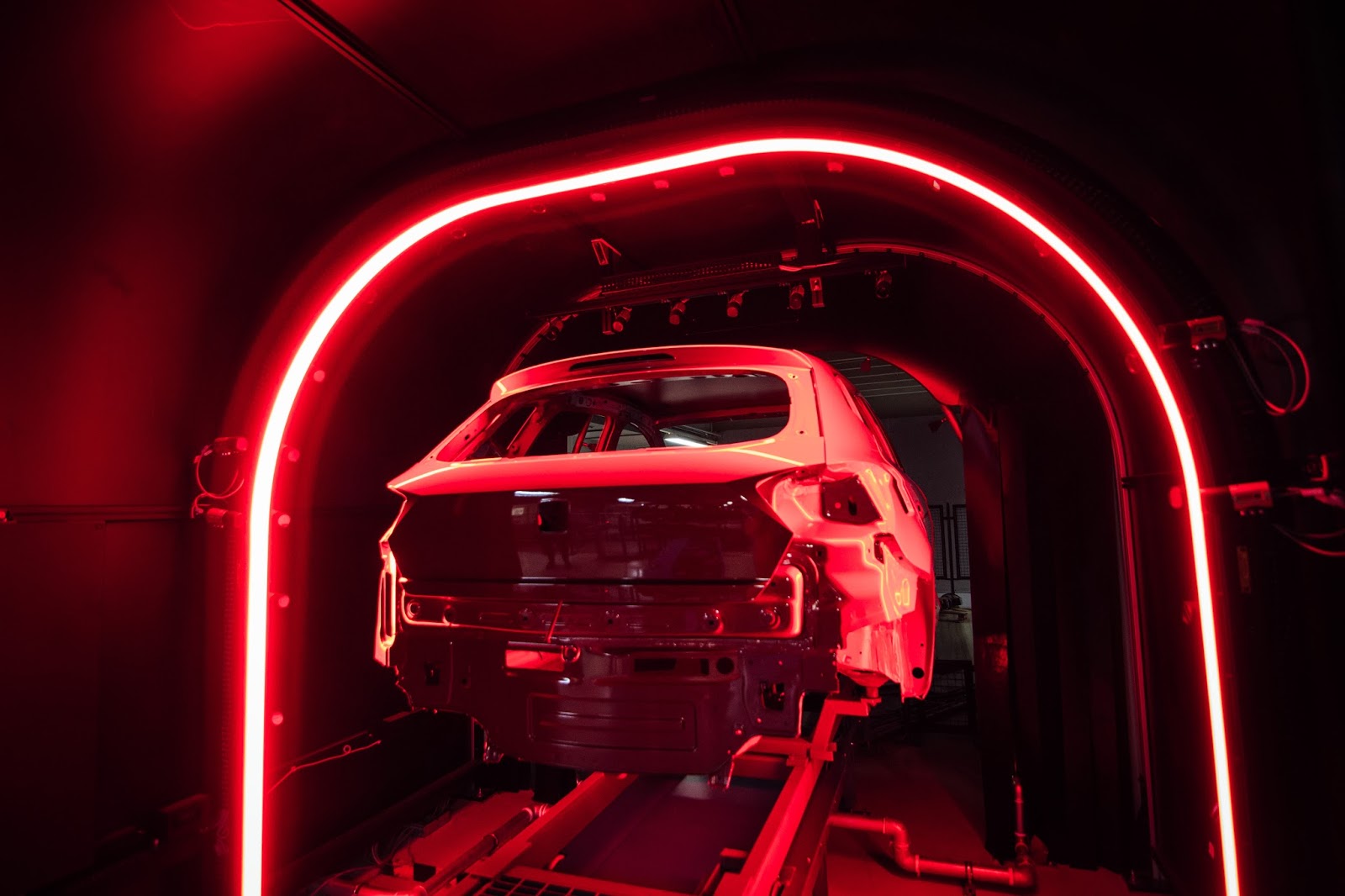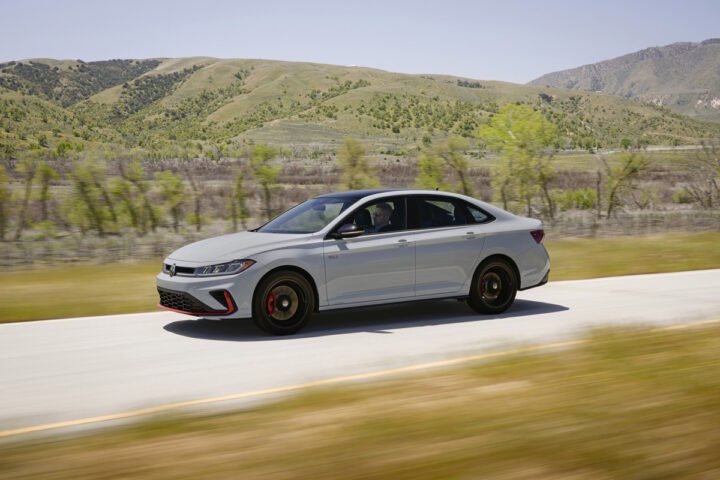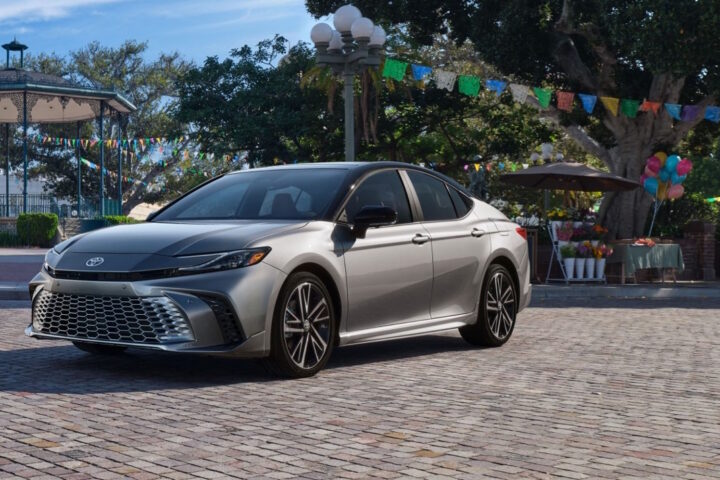Three years of research and enough sensitivity to appreciate market trends: “Creating a color is an inside job”, says Jordi Font from SEAT’s Color & Trim department. Its journey begins with a market study and ends when the paint is applied to the vehicle. In this process, personalization strengthens its position as an obvious trend. Continue reading as w ego over the more than 1,000 days it takes to create a new color range:
– 1,000 liters of paint for a symphony of colors: A specialized team analyses market trends and propose the range of colors of new models to be launched. “In addition to following trends, a lot of intuition also goes into defining a new shade. You have to feel the pulse on the street and run with it”, assures Font. A total of 1,000 liters of paint are required to create a new shade.
– Science behind a Pantone color guide: Mixtures are carried out in the lab that makes the work of creating a new color strictly an exercise in chemistry. In the case of the color palette for the SEAT Arona, “by mixing 50 different pigments and metal particles we’ve created nearly 100 variations of the same color to see which shade is the most suitable”, says Carol Gómez from the Color & Trim department. “Colours get more sophisticated every day and the demand for customisation is a growing trend”, says Font. An example of this is the new SEAT Arona, which gives customers the opportunity of choosing from among more than 68 different color combinations.
– From mathematical formulations to real life: Once the color is defined, it has to be tested on a metal plate to verify its application and the visual effect it produces. “We check the depth and subtlety of the shade on plates that are exposed to sunlight and in the shade to make sure that the applied color matches the one we designed”, adds Jesús Guzmán from the Color & Trim department.
– A surgery room where 84 robots “operate”: In the booths, cars are painted at a temperature of between 21 and 25 degrees. Two and a half kilos of paint is applied to each car in an automated process performed by 84 robots that takes six hours per vehicle. The paint booths feature a ventilation system that is similar to the ones found in a surgery room to prevent dust and other impurities from the exterior to settle on the freshly painted cars. Seven coats in all, each as thin as a hair width but as hard as a rock, which is baked in an oven at 140 degrees.
– An all-seeing CAT scan: Once painted, all it takes is 43 seconds to verify there are no deficiencies in the paint application. The vehicles pass through a scanner that checks for smooth surfaces and ensures there are no impurities.
Post Views: 491























